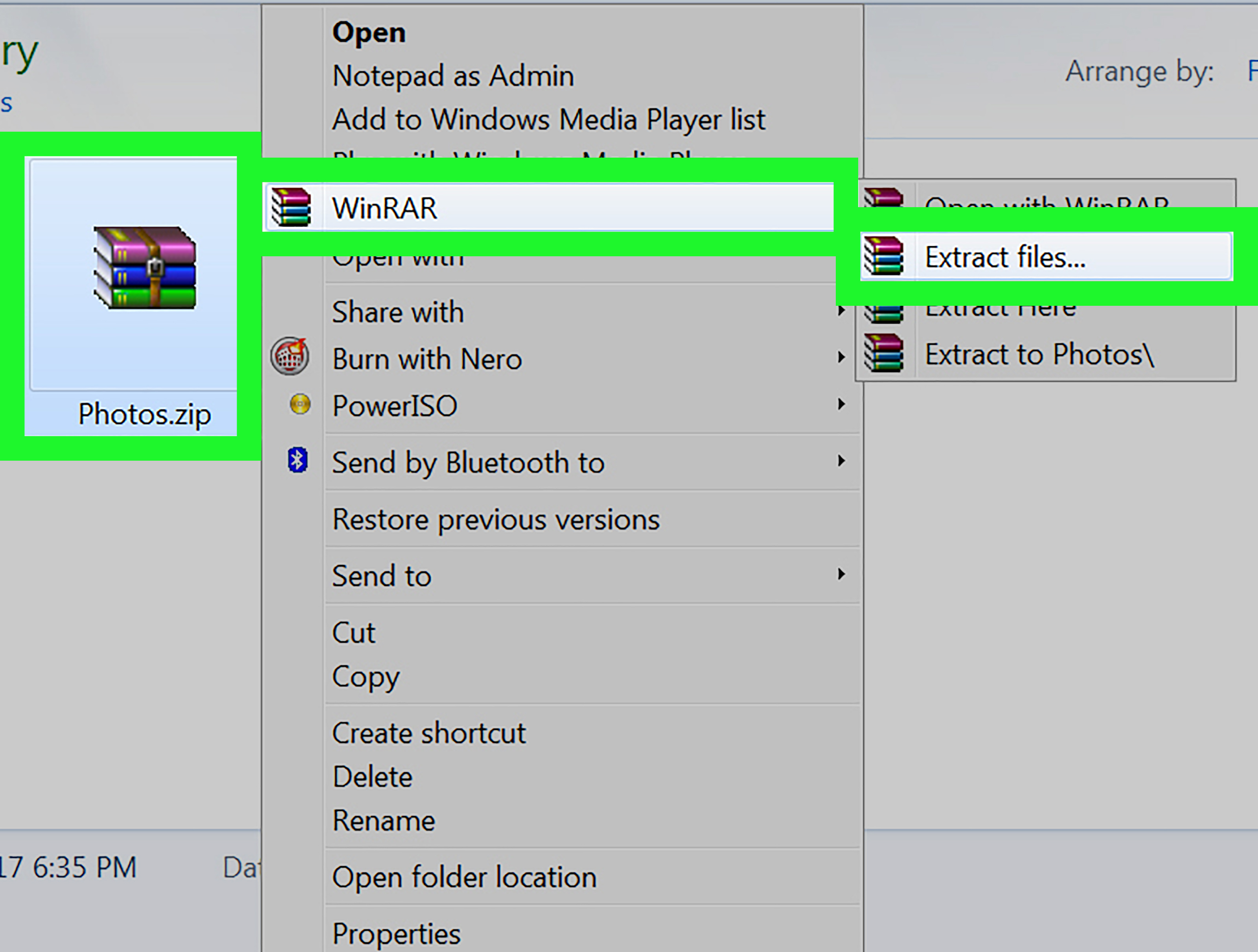
- #OPEN ZIP FILES FOR MAC HOW TO#
- #OPEN ZIP FILES FOR MAC ZIP FILE#
- #OPEN ZIP FILES FOR MAC ARCHIVE#
- #OPEN ZIP FILES FOR MAC FREE#
#OPEN ZIP FILES FOR MAC ZIP FILE#
This will create a ZIP file without a parent folder: $ unzip -v Archive. You can work around this on macOS by going into the folder, select all the files there and select "Compress" from the context menu. So if you get an additional folder when unpacking on Windows this rather seems to be a problem with the unzipper there. On Windows, you typically need a third-party app for the job.
#OPEN ZIP FILES FOR MAC ARCHIVE#
It’s called Archive Utility, and can be found via a Spotlight search.If you create a ZIP by using the Compress option in Finder on "Folder" you get a ZIP structured like this: $ unzip -v test.zip Zipping and unzipping files is a built-in feature on your Mac thanks to the Archive Utility app.
:quality(90)/article-new/2020/05/how-to-zip-a-file-on-mac.jpg)
You can browse to the folder where you want the files saved. If its not, right-click and click Open With, and choose Archive Utility. Select Open to unzip your file if Archive Utility is set as your default. Alternatively, you can right-click on the zipped folder. From the drop down menu, choose to unzip your files to this Mac, iCloud Drive, Dropbox or Google Drive. Right-click the zipped file and open it with Archive Utility. The Archive utility automatically opens the file or folder, decompressing it and putting it in the same. You can change the destination of your compressed files by opening the app that does the compression. Follow these steps to open zip files on Mac: Click the Unzip button. To open a zip file on a Mac, just double-click it.
#OPEN ZIP FILES FOR MAC HOW TO#
How to make zip files save somewhere else To rename it, press and hold (or right-click) the folder, select Rename, and then type the new name. This creates a new zipped folder with the same name and location. Press and hold (or right-click) the file or folder, select Send to, and then Compressed (zipped) folder.
#OPEN ZIP FILES FOR MAC FREE#
You can use a free app such asįolderWasher to remove dot files before creating the zip. Locate the file or folder you want to zip. These are Mac system files and can be ignored. Click on that and then use the drop down menu to pick the correct application. About half way down the window is a triangle with Open with. If you click once on the icon to high light it and then press command i you will get an info window. Note that Windows users decompressing your zip will also see ‘dot files’ – files and folders whose filenames are preceded by dots or sometimes underscores (such as ‘.DS_Store’ or ‘_MACOSX’). (8 points) 1:22 PM in response to Eric Max. To unzip the entire folder, right-click to select Extract All, and then follow the instructions.

Once zipping has completed, drag the folder you created to the Trash. Open File Explorer and find the zipped folder.

Then hold down Ctrl and click the folder, selecting the Compress option on the menu. Most systems have a self-extracting program that automatically unzips the folder. Drag and drop the files you want to be in the zip, but hold down Alt before releasing the mouse button so the files are copied there. How do you unzip files Double-click on the zipped folder. To compress several files and/or folders, create a new folder (Shift +Ĭmd + N) within Finder or on the desktop and name it whatever you want the zip to be called. You can delete the original file if you wish, but you won’t be able to view or use the zipped file in its present form: you’ll need to unzip it first. zip file can now be emailed to a friend or simply stored until needed.


 0 kommentar(er)
0 kommentar(er)
